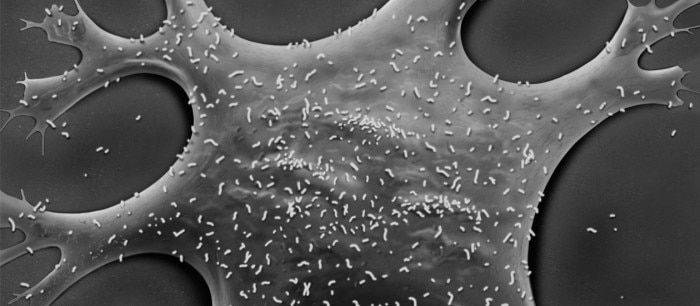MENU
PL | PLN
PL | PLN
-
- Wirówki stołowe
- Wirówka stojąca na podłodze
- Wirówki z chłodzeniem
- Mikrowirówki
- wirówki wielofunkcyjne
- Wirówki wysokoobrotowe
- Ultrawirówki
- Koncentrator
- IVD Products
- High-Speed and Ultracentrifuge Consumables
- Probówki wirówkowe
- Płytki wirówkowe
- Zarządzanie urządzeniem
- Zarządzanie próbkami i informacjami
-
- Pipetowanie manualne & dozowanie
- Pipety mechaniczne
- Pipety elektroniczne
- Pipety wielokanałowe
- Pipety i dozowniki wyporowe
- Automatyczne pipetowanie
- Dozowniki butelkowe
- Pipetory
- Końcówki
- Materiały zużywalne do automatyzacji
- Akcesoria do dozowników i pipet
- Akcesoria do automatyzacji
- Usługi związane z dozownikami i pipetami
Sorry, we couldn't find anything on our website containing your search term.

How to identify Mycoplasma contamination in your cell culture
Akademia laboratoryjna
- Biologia komórki
- Hodowla komórek
- Zanieczyszczenie
- Inkubatory CO2
- Cell Culture Consumables
- Eksperyment
Macroscopic detection
Mycoplasma-positive cell cultures show no visible changes to the media.Microscopic detection
Mycoplasma are only about 0.1 - 0.3 µm in diameter, therefore detection via brightfield microscopy is not possible. This lack of visible signs of infection increases the risk of mycoplasma-positive cells remaining unnoticed.Experiments carried out with mycoplasma-infected cells may yield false, misleading and non-reproducible results. It is therefore crucial to test all cultures for mycoplasma on a regular basis. One simple method employs DNA staining; however, this method presents certain drawbacks. This table provides an overview of the advantages and disadvantages of different mycoplasma detection methods.
The method you will select may depend on one or more of the following:
- Access to the required equipment (for example thermocycler, fluorescence microscope, etc.).
- How many samples need to be tested at once.
- How urgently you need the results (the longer the testing procedure the higher the risk of spreading the contamination).
Przeczytaj mniej
Related links
Przeczytaj mniej

